Intro to Solo Backpacking: Tips for Camping Alone in the Backcountry

(Words and Photos: Paxton Hall)
Now that our Public Lands have started to reopen, a backpacking trip and a night camping out in the backcountry might be just what many of us need to disconnect, reset and feel normal again (what is normal?). Thinking about going solo? I doubt you’re alone. The meditative and socially distanced experience seems to check all the right boxes. But given the fact that we’re still very much in a pandemic, it’s critical to approach any solo trip right now with safety as the first priority, not the third. Going it alone demands further preparation and a more complete backcountry skillset than backpacking with your normal crew. Incorporate these tips, gleaned from all the times I couldn’t or wouldn’t pull together a crew, into your planning to stay safe and get the most of your trip.
Are you Ready to be in the Backcountry Alone?
Backpacking solo is a rewarding and challenging experience. No one else is there to hold you back or conversely, make you feel slow. You go at your own pace. Your mind is free to wander and soak up the miles free from the usual trail chitchat. On the flip side, there may be no one there to help you make decisions, assess risk or bail you out should you run into trouble.
If you’re new to backpacking altogether, take at least a few trips with others before striking out on your own. That way you can get your gear dialed, get comfortable camping in the backcountry and have a chance to learn basic navigation skills. I would also recommend learning some basic first aid skills. The Red Cross offers an online course for $35 that takes 2 hours and 10 minutes.

Research at Home
Solid planning and research can make or break any trip, let alone a solo mission. And with the current situation, it’s even more critical. While things are beginning to open up, it’s kind of a messy affair.
Stay close to home. My rule of thumb right now is to be able to make it out and back on one tank of gas. Give yourself options. Research a few different areas that are currently open for dispersed camping, that you’re familiar with and that have trails within your limits.
If this is your first time in the backcountry alone, select well traveled, but not necessarily over crowded trails. That way you won’t be completely alone should you need help. It can be comforting to know that there are other campers around when you wake up in the dead of night by yourself . . . or maybe that’s just me.

Call the Local Ranger Office
Next, call the local office of the agency who manages the land you’re planning to backpack on. They often get updated info before it gets published online. Whichever national or state agency (here’s a primer on the different types of public lands) you’re calling, they’ll give you the latest on dispersed camping restrictions, what permits are needed and current access road and trail conditions. Ask them about your specific route and any potential campsites they would suggest.
If All Else Fails, Go Solo Car Camping
If for one reason or another none of your options are a go or you’re feeling a night out alone is too much, don’t totally write off your trip. Give solo car camping a try. While most campgrounds are still closed, dispersed camping alongside DNR or Forest Service roads may still be an option for you. Give that local land management office another call to confirm.
Know Your Route
As part of your pre-trip planning read up on your route. Online trail descriptions are a great place to start, but actually pouring over a topographic map of the area you intend to go gives you the kind of deeper understanding you need to backpack solo responsibly. I use Gaia GPS to plan and map all of my trips. CalTopo is another good option. Understand how to read these kinds of maps. You’ll get a good lay of the land, scope out and select potential campsites, note trail junctions, major landmarks and plan the best way to bail in case of an emergency. Pro tip - Gaia has public tracks from other hikers and backpackers you can use to help guide your route planning.
Gaia and CalTopo have apps so you can take your planned routes on the trail. Both apps require a subscription to download maps for use offline starting at $20 a year. Being able to navigate in the backcountry with your phone is rad, but you don’t want to be totally dependent on it should your phone die. Make sure to bring a paper map of the area as a back-up. I love a solid waterproof GreenTrails or NatGeo map. With Gaia you can actually print out paper copies of your custom maps with all your waypoints and routes plotted out.

Share Your Route and Trip Details
Arguably one of the most important things you need to do when headed out on a solo trip - share your plans. It’s important for all trips, but especially for those when you’ll be on your own. Listen to enough stories of outdoor trips gone wrong and a common theme emerges - the lost person/group did not leave their itinerary with friends or family. If shit hits the fan, it can mean the difference between being rescued quickly or not at all.
When I set out on a solo trip I’ll share the details with two people, my girlfriend and Dad. I share the details in a shared note on our phones, but an email would work just as well.
Four key pieces of information to share:
- Where you’re going - the area/region name, trail name(s), where you plan to camp and any key landmarks you intend to visit.
- A map of your intended route - screenshots or print outs, include any alternate trail options you might take.
- Your timeline - when you plan to arrive at and set out from the trailhead, make camp for the night, be back at the trailhead and when they should expect to hear from you after you’re back in cell service.
- Identifying info - list out the colors/brands of your backpack, clothing, tent and vehicle info.
Pack the Essentials
Regardless of whether you’re traveling in the backcountry solo or with a group, you need to have the ten essentials dialed. Hopefully if you’re contemplating a solo adventure you have those on lock, but it never hurts to study up. Below are the basics, but REI has a great in-depth piece to dive deeper:
- Navigation
- Headlamp
- Sun Protection
- First Aid
- Knife
- Fire
- Shelter
- Extra Food
- Extra Water
- Extra clothing
One item I consider essential for any solo mission is a satellite communicator. I have a Garmin Inreach Mini and love it. It is a steep investment no doubt, and while the goal is to never have to use the device's SOS feature I rest easier knowing I have the option to if things ever go too far sideways.

Pack Light
Beyond the ten essentials you need to consider the fact that, whereas in a group you can spread the weight of shared items out, when you’re by yourself you’re carrying everything. Consider keeping the nice-to-haves to a minimum to keep your pack weight manageable. Here are a few hot tips:
- Don’t pack the guidebook, take photos of the relevant pages on your phone.
- Don’t pack all the water you’ll need for the whole trip, bring a small water filter, I like this one by MSR, and plan out where you’ll be able to replenish water along your route.
- Don’t bring a power bank and a headlamp. Pick up a headlamp that doubles as extra power.
Lastly, given the situation we’re in now, pack some kind of face covering a small bottle of hand sanitizer to keep others and yourself safe on the trail.
Pack Distractions
The meditative experience of being on your own with just your thoughts for company is part of the reason why many backpack alone. It’s definitely a key factor for me. However, I also like to pack some low-weight distractions for the moments when I need to escape my thoughts. I almost always bring a good book to read and a small journal to document my experience. And while hiking with headphones is a controversial topic (which side of the fence are you on?), podcasts help me fall asleep easier instead of letting my night time paranoia creep in.
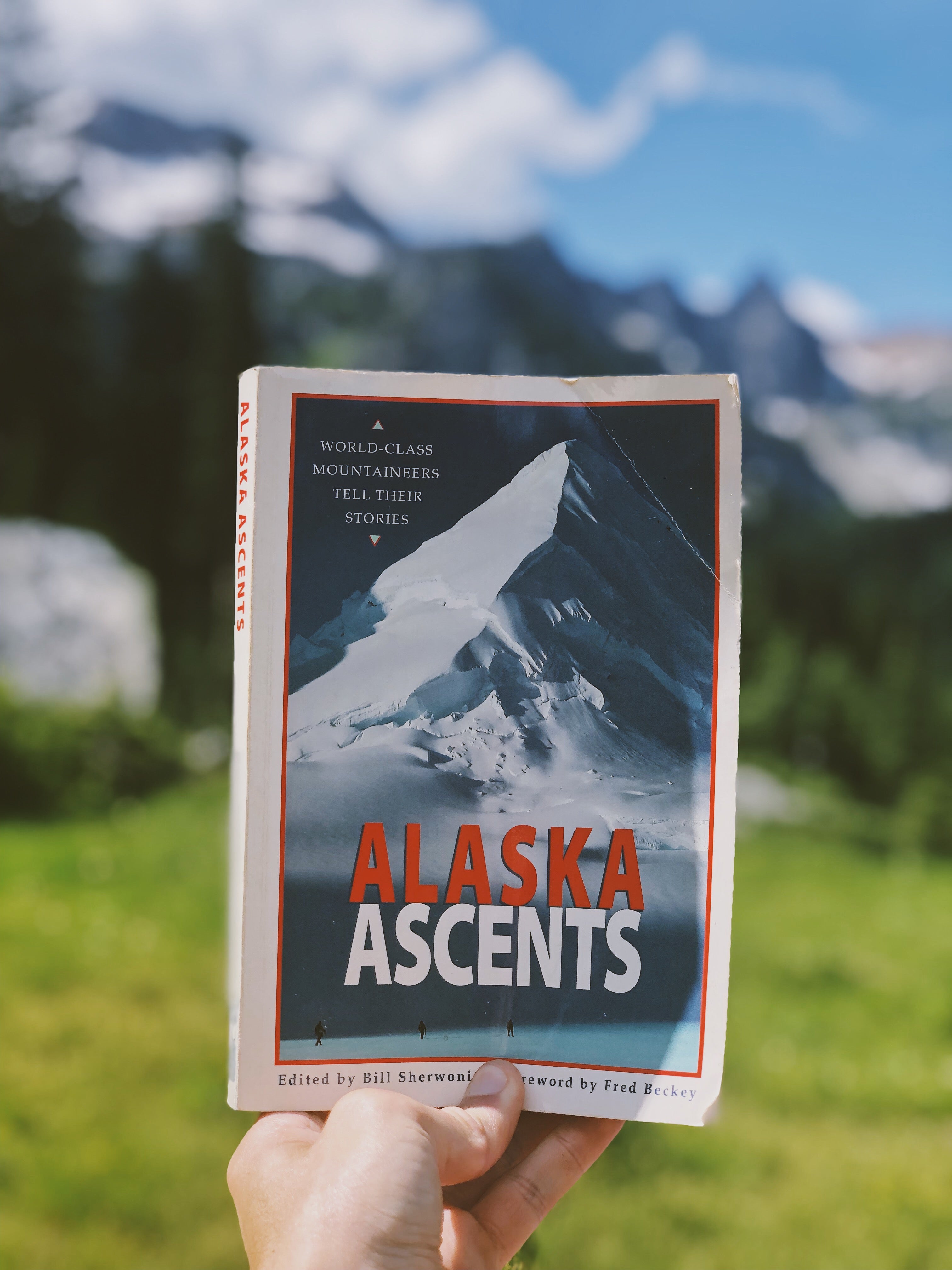
Leave No Trace
If you don’t already know the seven principles of Leave No Trace, take some time before your trip to learn them. No one is perfect, but do your best to follow the principles to minimize your impact and protect our wilderness areas. The Center for Outdoor Ethics also just published recommendations for getting outside during COVID that you should also check out. Taking on the backcountry during COVID is itself another whole topic, but being mindful of small mountain communities and moderating your risk tolerance to avoid taxing our health care systems are both elements to keep in mind.
Stay Calm and Trust Yourself
My first few solo backpacking trips were mixed bags of emotion. The day’s were great. But, once the sunset my anxiety would kick in full force. Over time I’ve learned to deal with it. Pick your campsites with purpose, be bear aware and realize that all those noises in the forest aren’t anything to worry about. Be confident in yourself. Stay positive and calm. Also podcasts, audiobooks and music help, just saying.
Trust your instincts and listen to your gut. If a creek crossing or steep snowfield feels too risky don’t force it. If something doesn’t feel right about where you’re camped or who you’re camped near don’t be afraid to pack up and move to another spot or pull the plug altogether if you need to. It’s a balance between knowing when to push yourself and when to back off. When you’re alone don’t hesitate to err on the side of caution and come back on another trip.
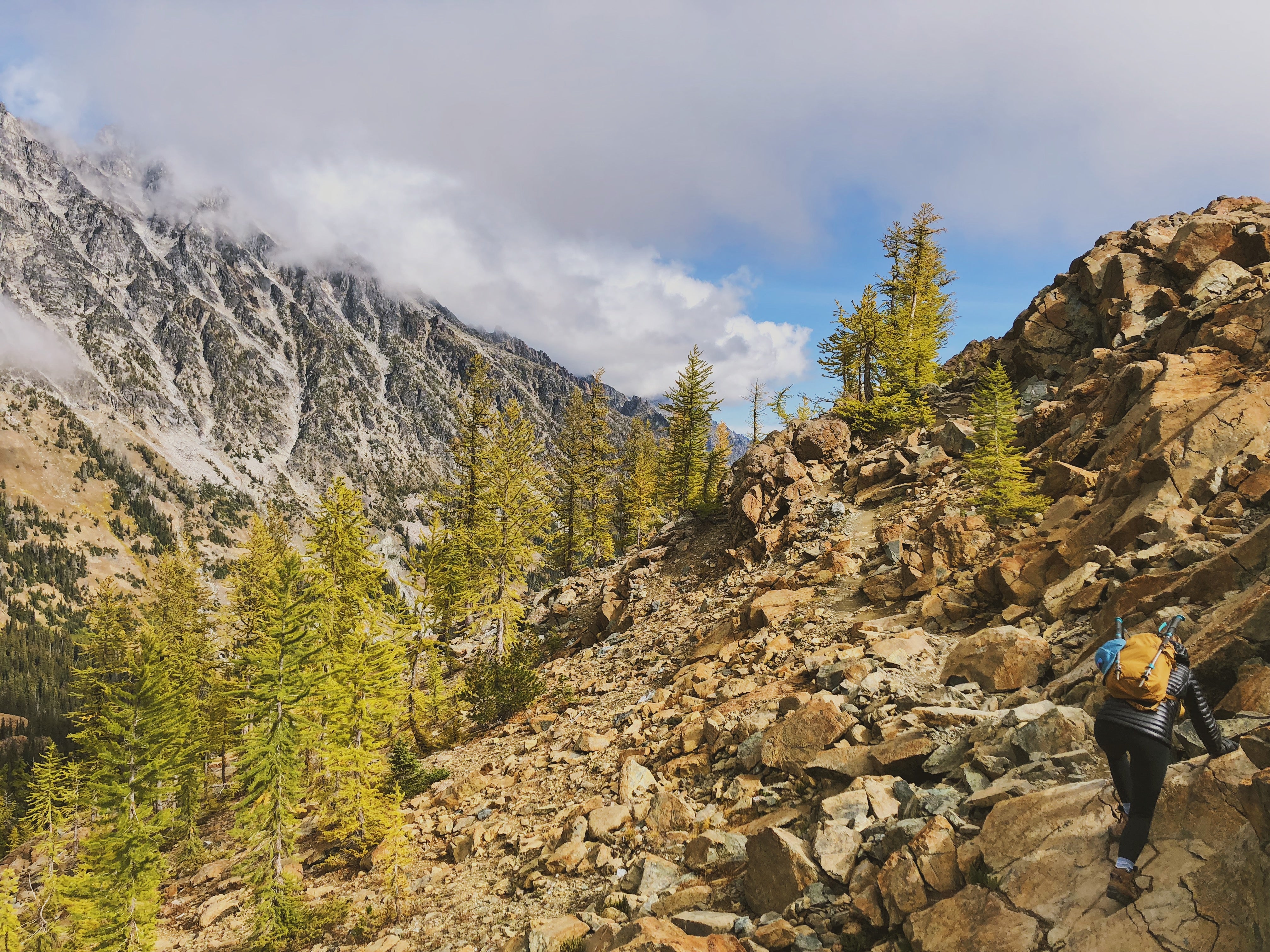
By no means is this a comprehensive guide to taking on the backcountry alone. That said, hopefully you picked up a few new tricks for your next solo trip. Did we leave out your favorite solo-backpacking tip? Share it in the comments and share your solo gear layout on Instagram and tag #cascademountaintech
–
Shop the gear from this post:




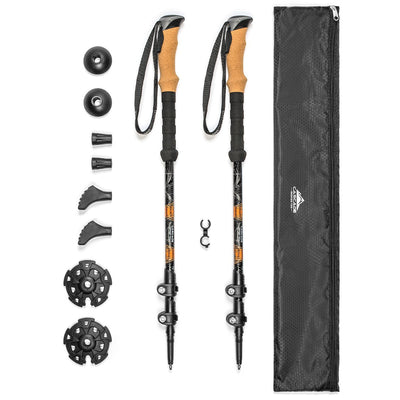
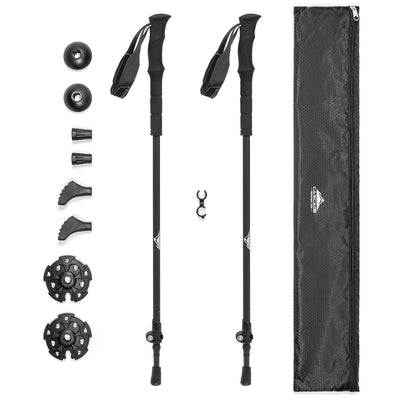
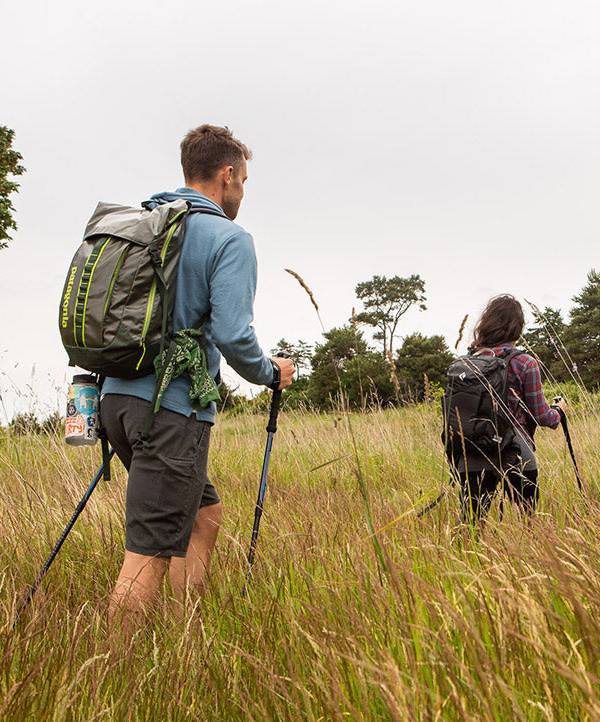
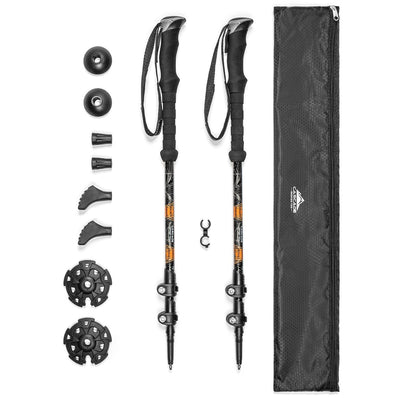
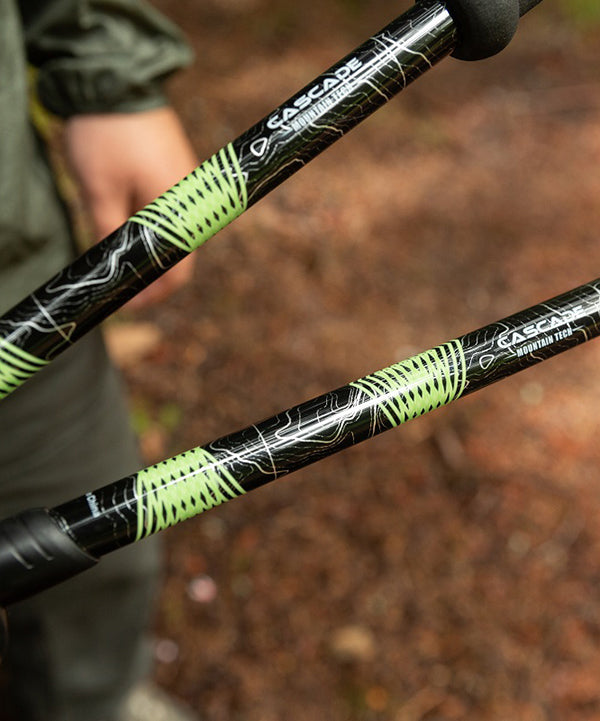
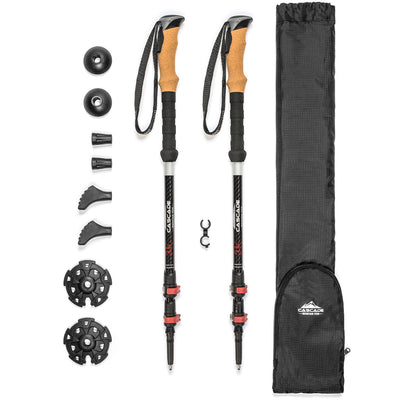
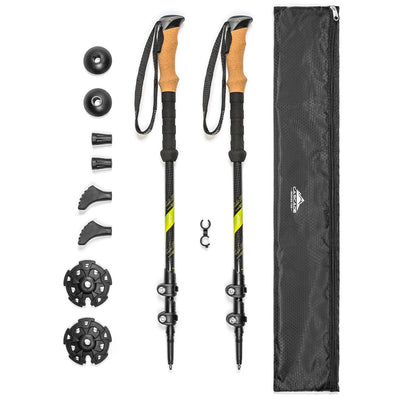
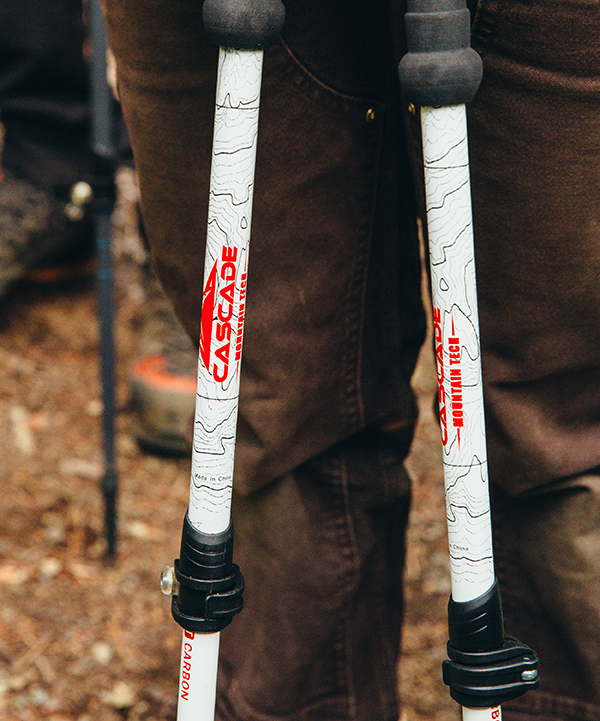


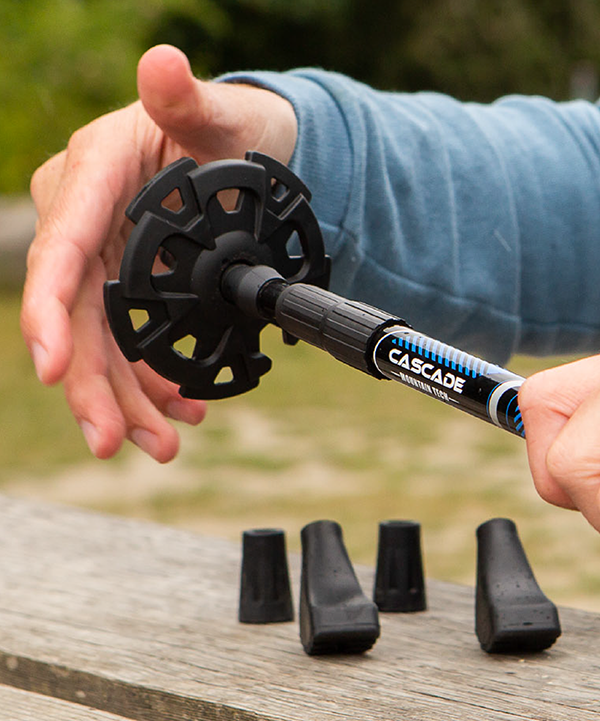
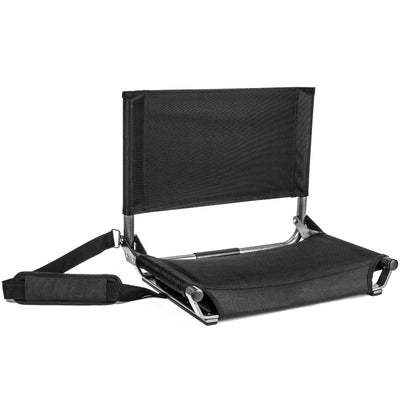
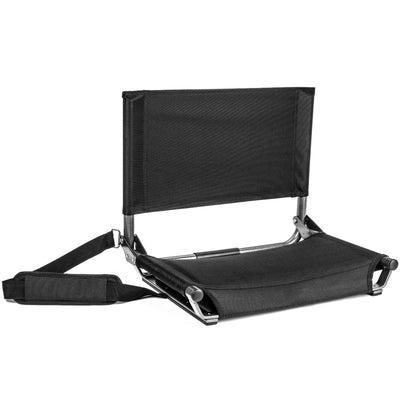
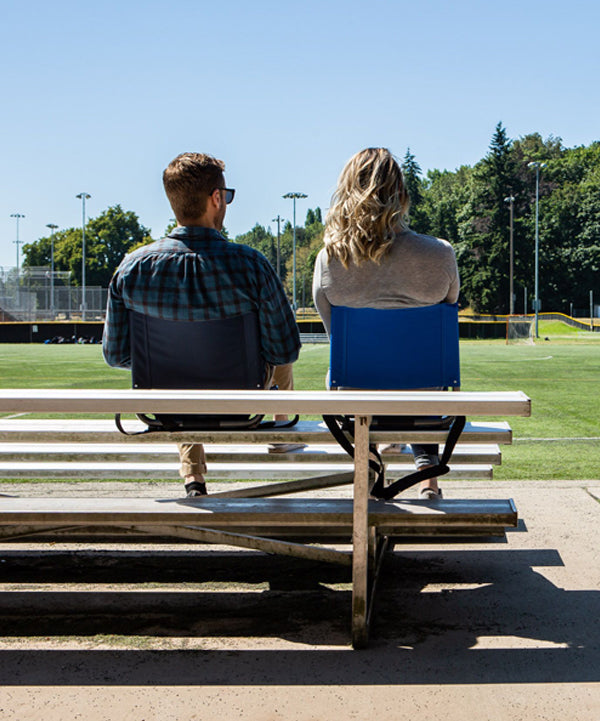
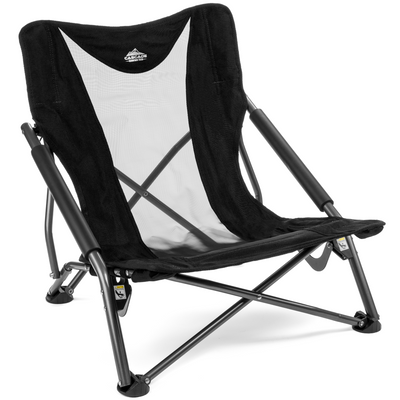
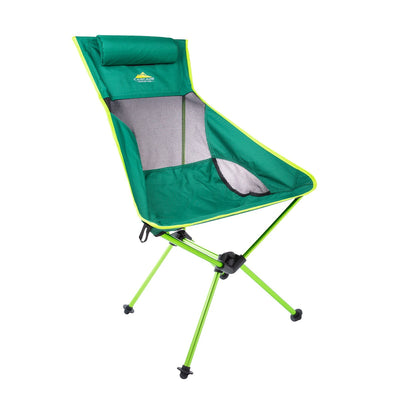
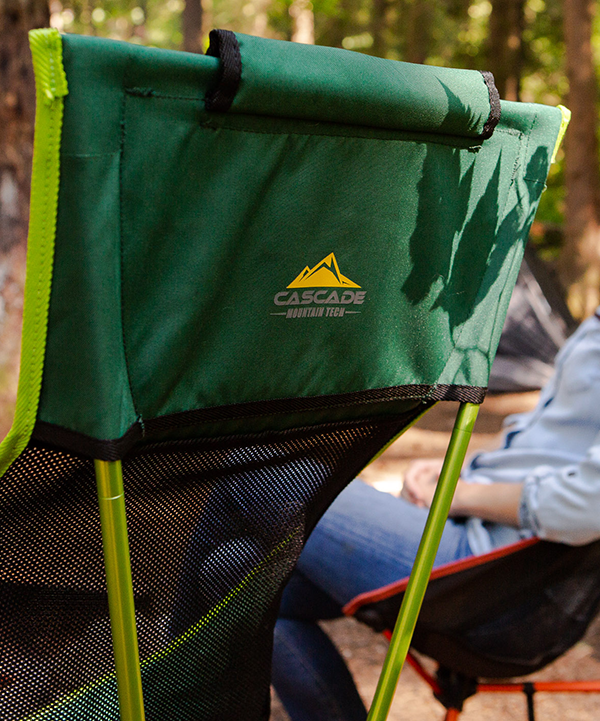
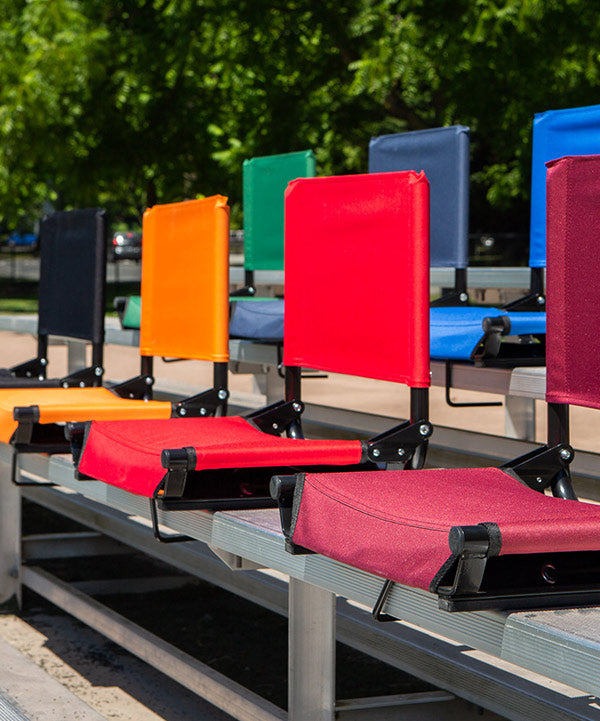
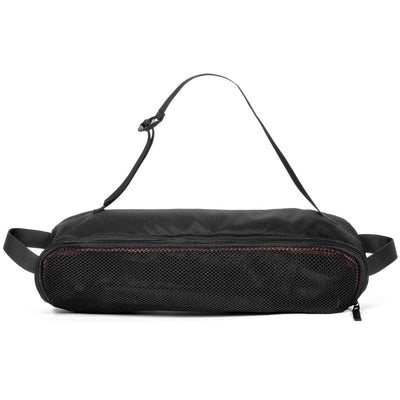
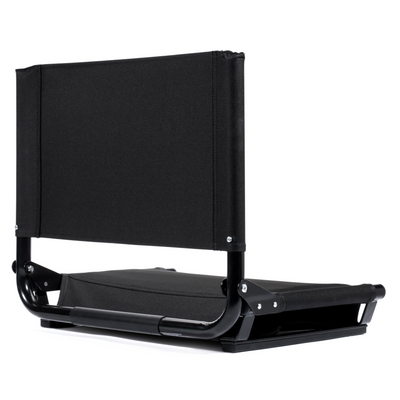
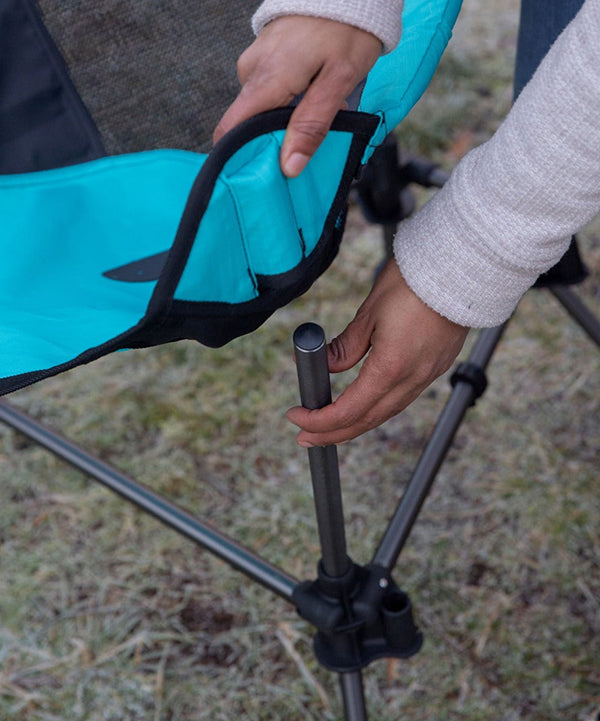
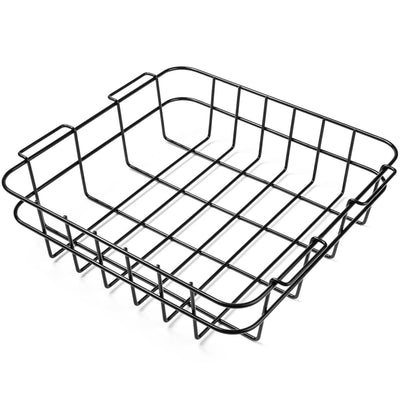
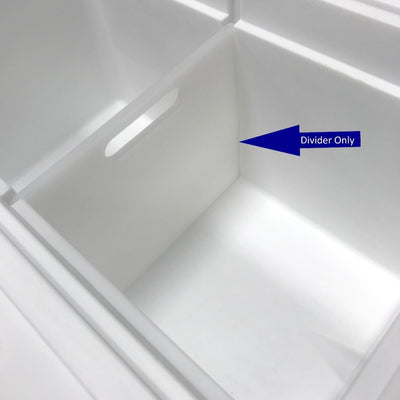
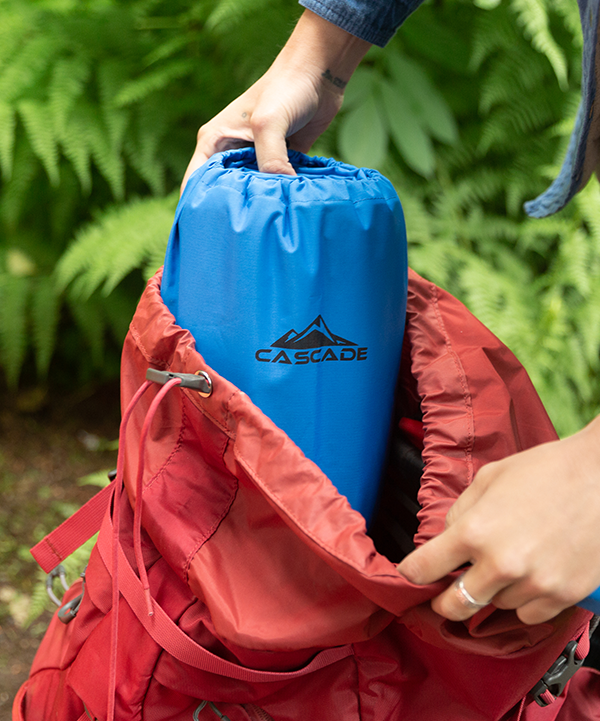
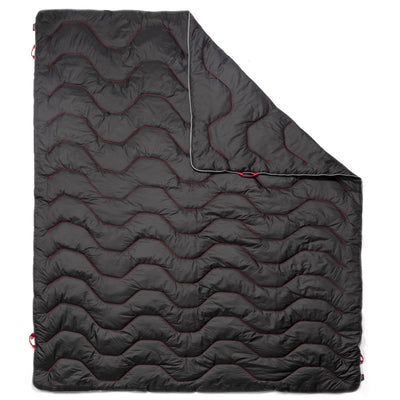
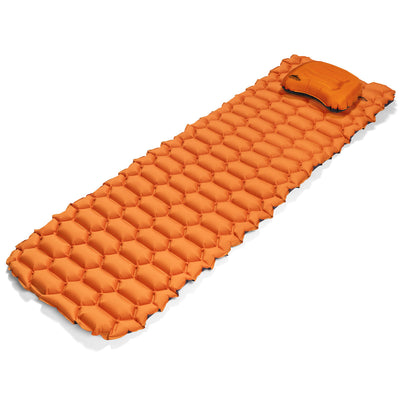
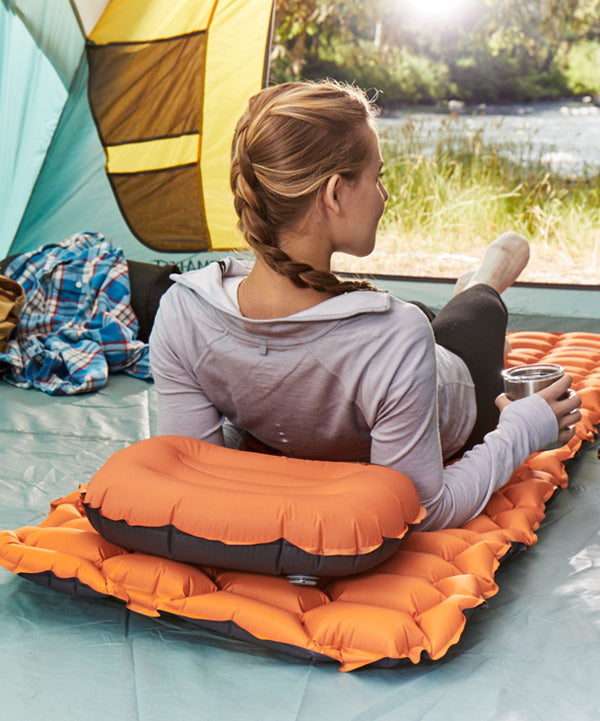
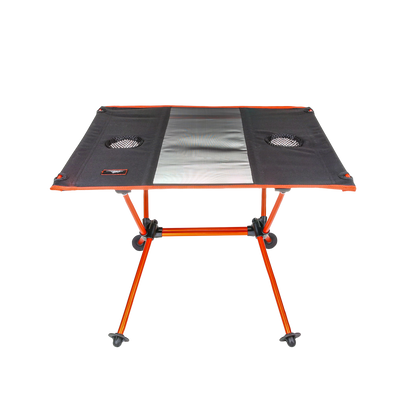
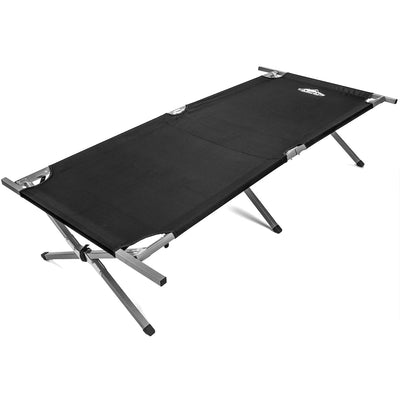
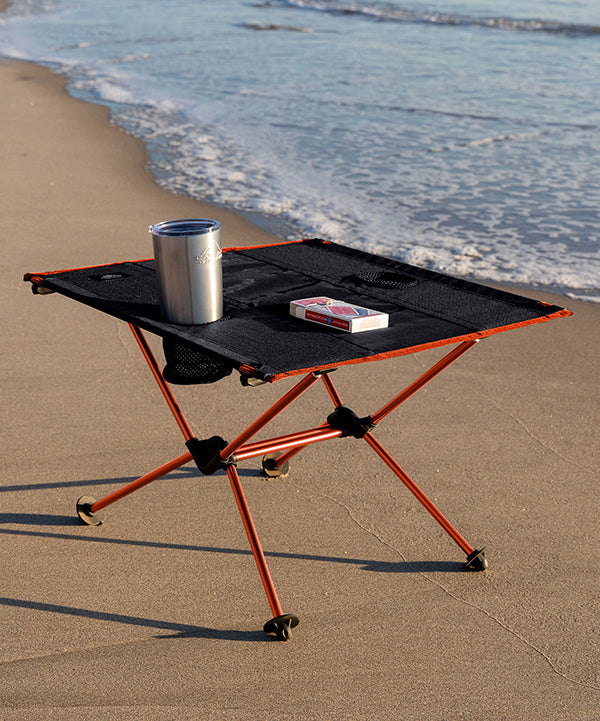
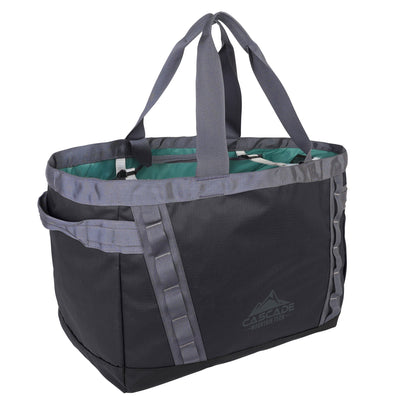
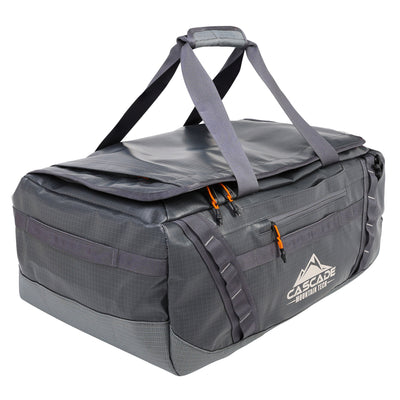
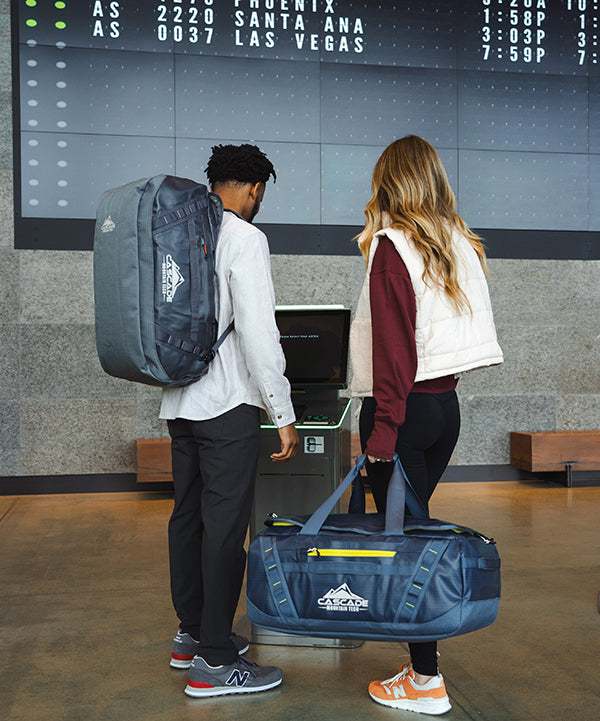
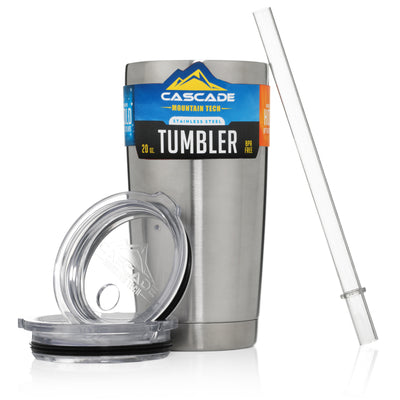
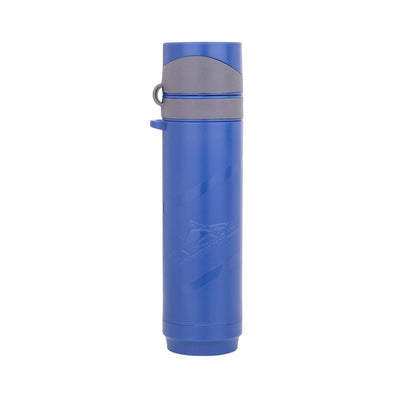
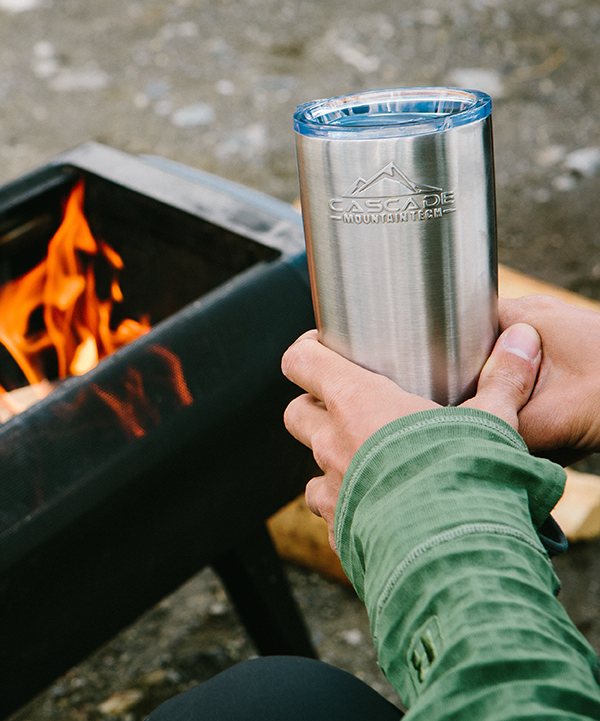
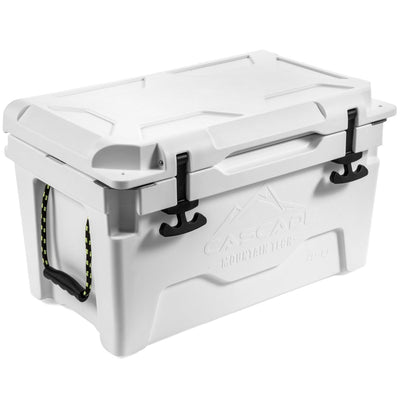
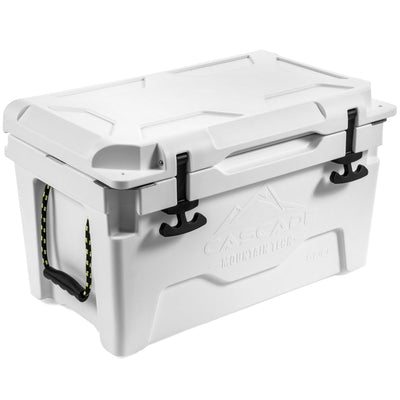
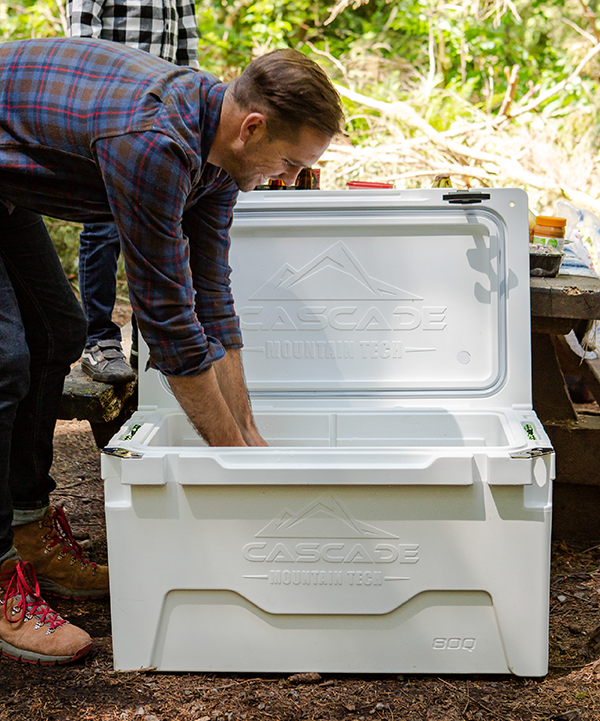
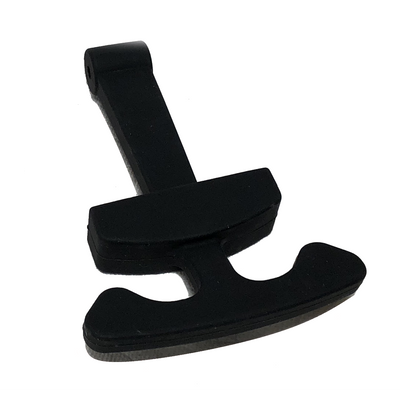
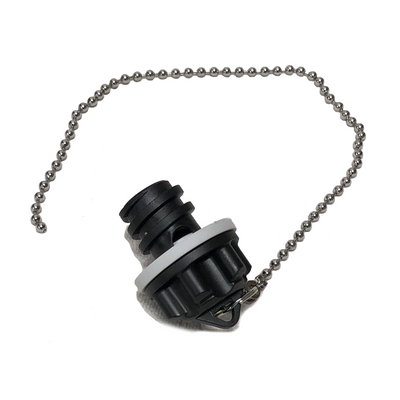
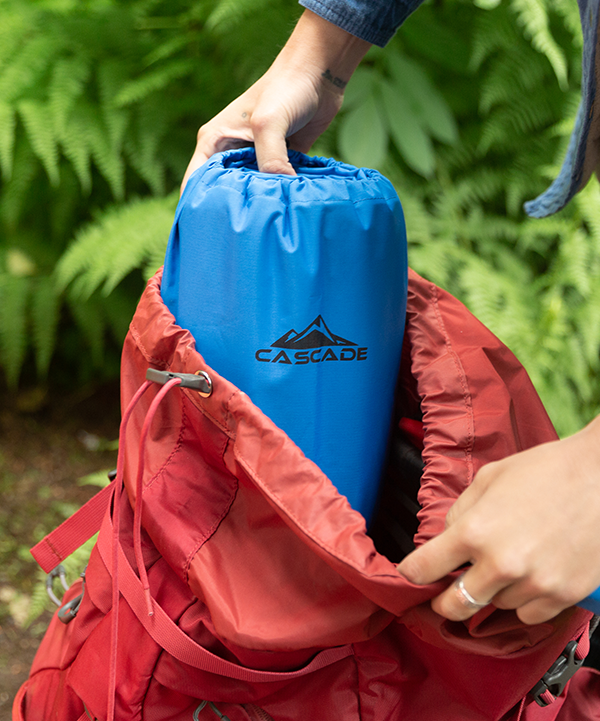
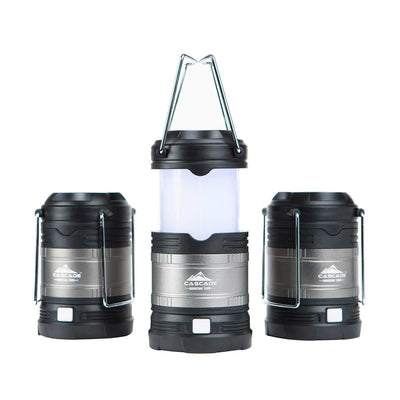
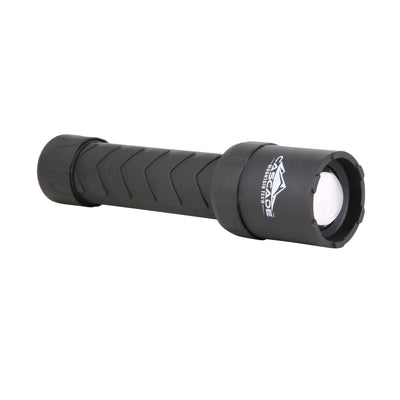
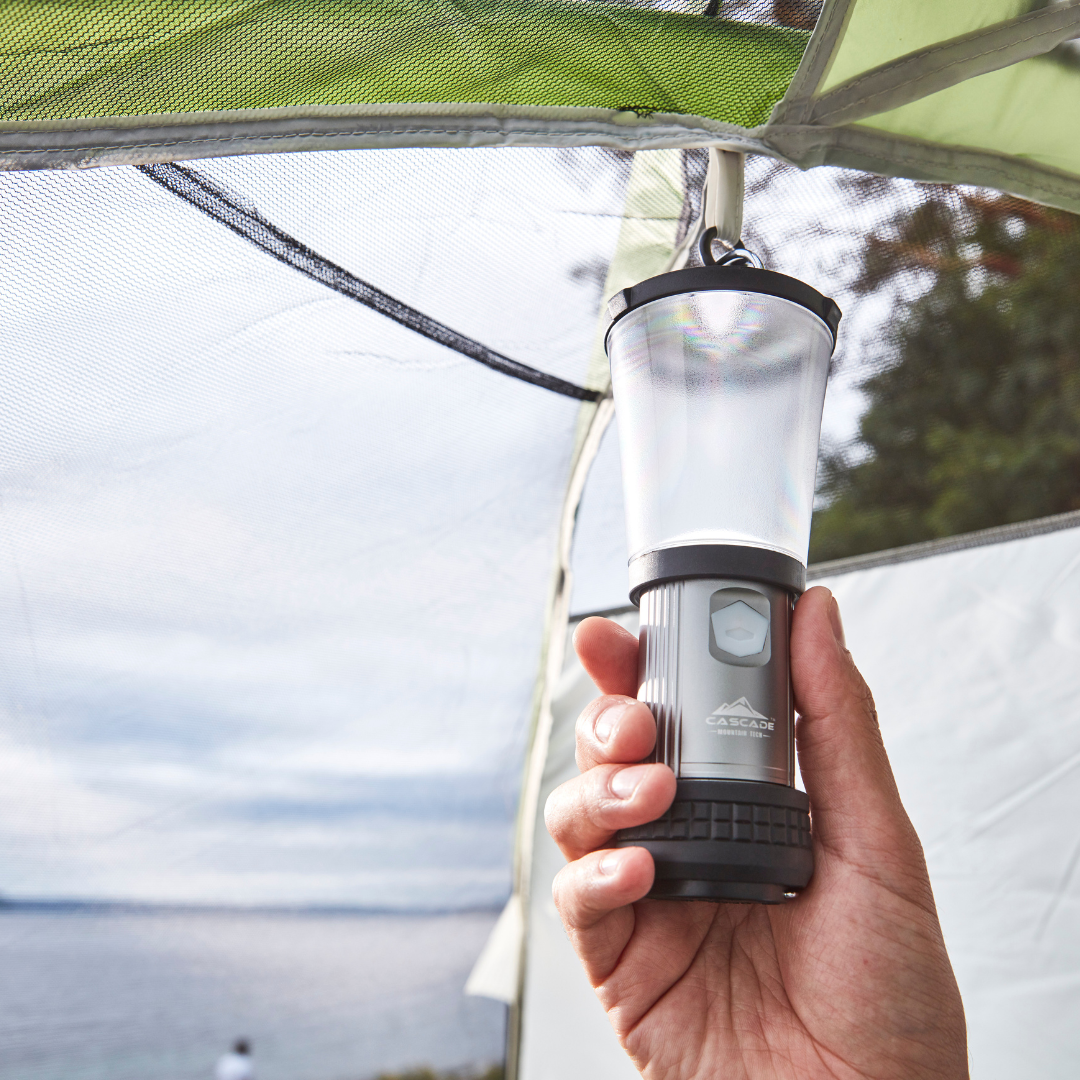
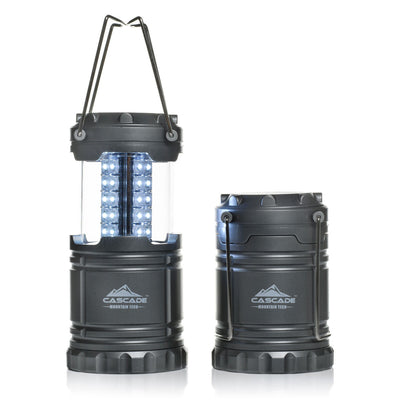
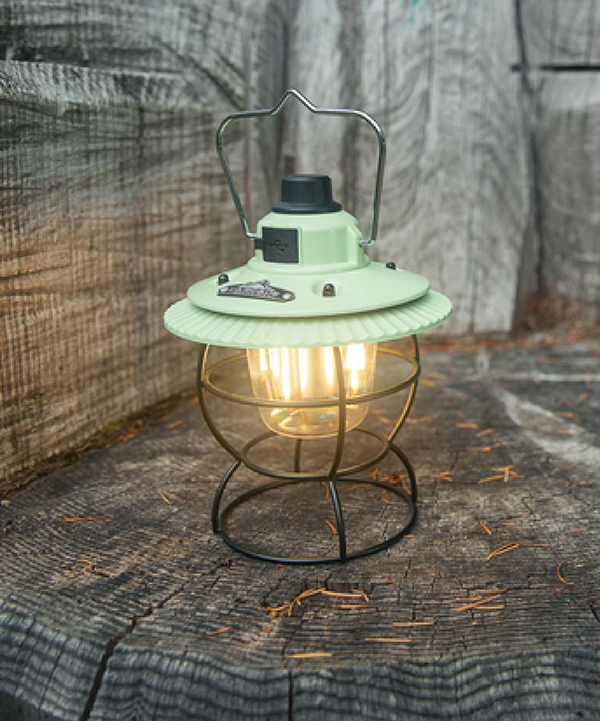

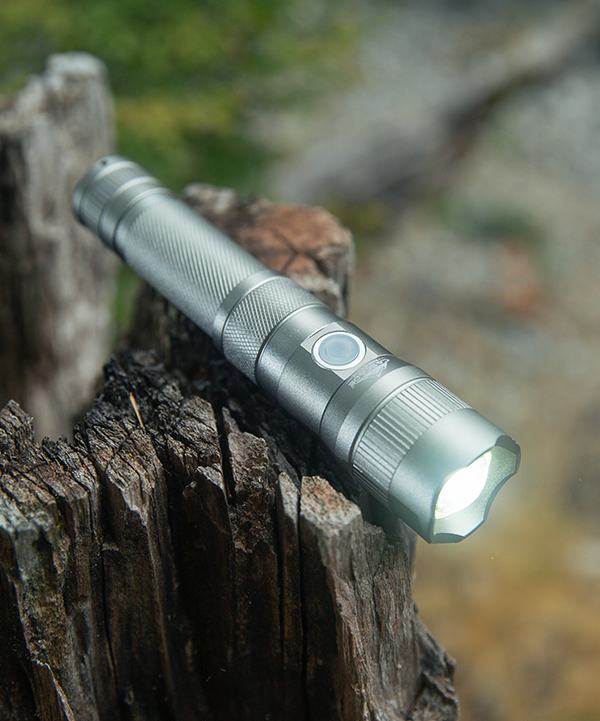
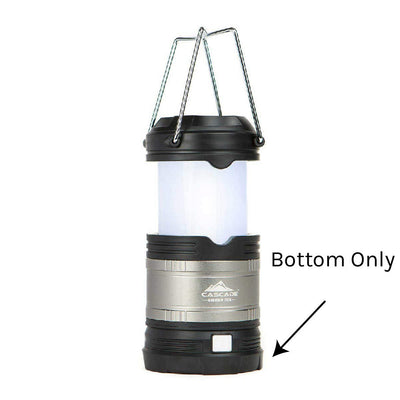
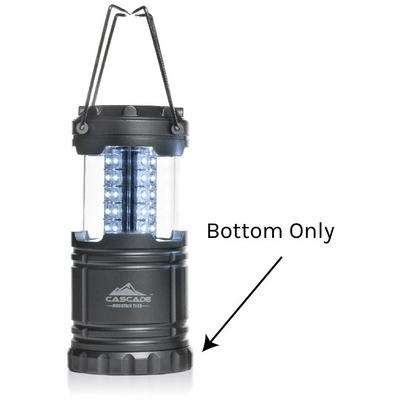
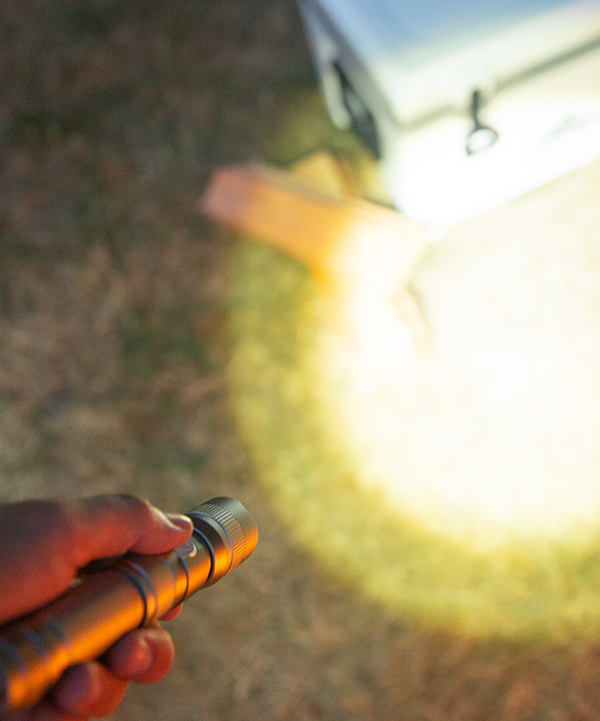
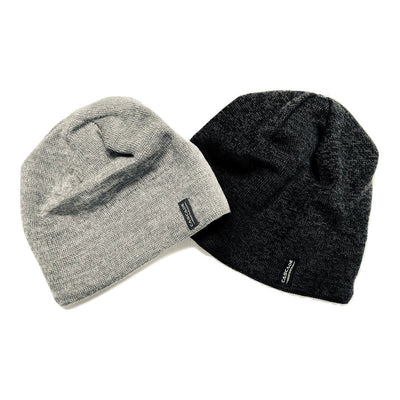
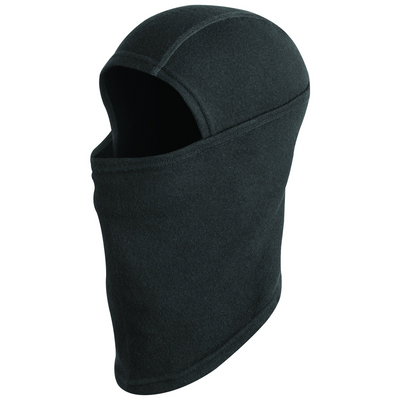
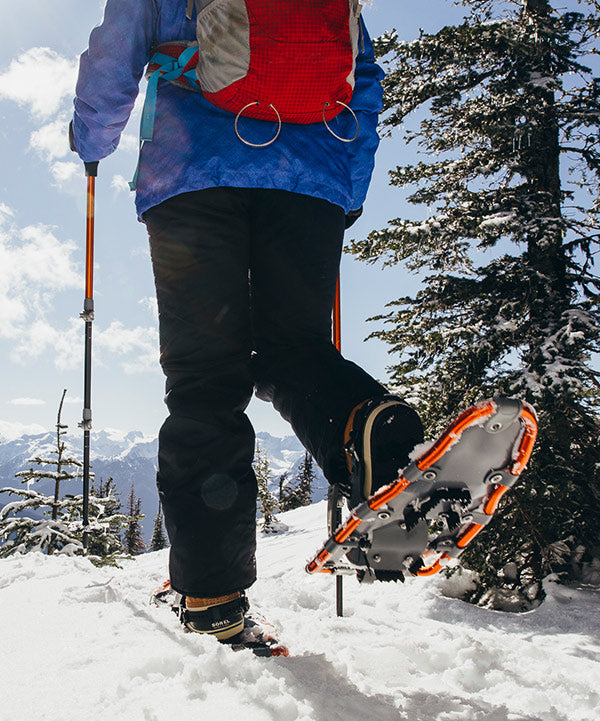
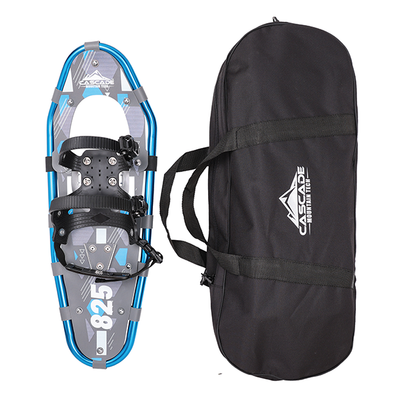
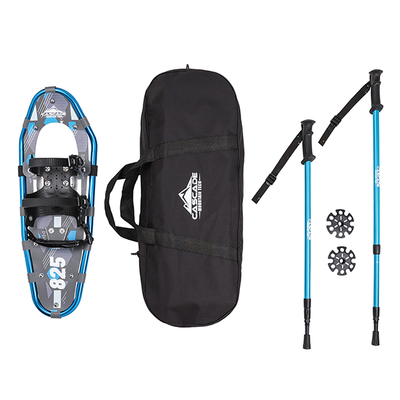
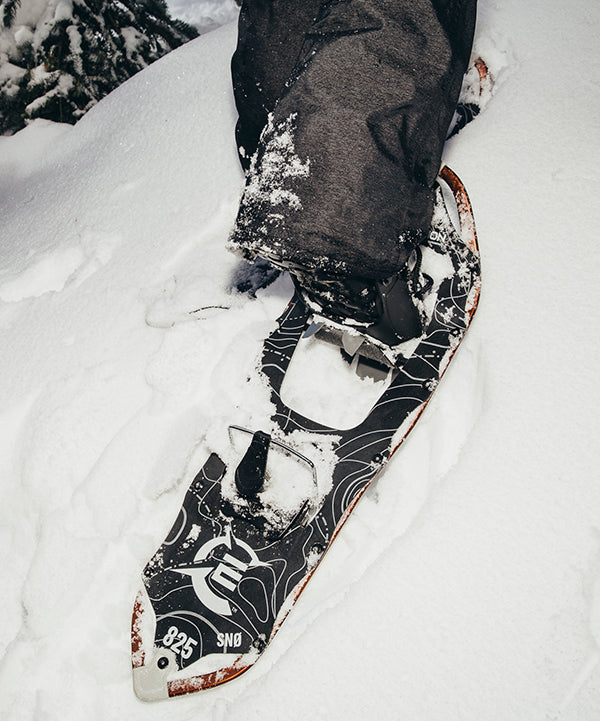

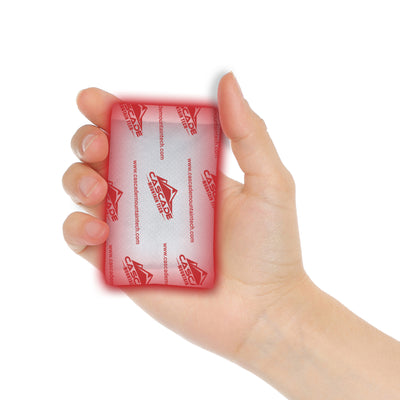
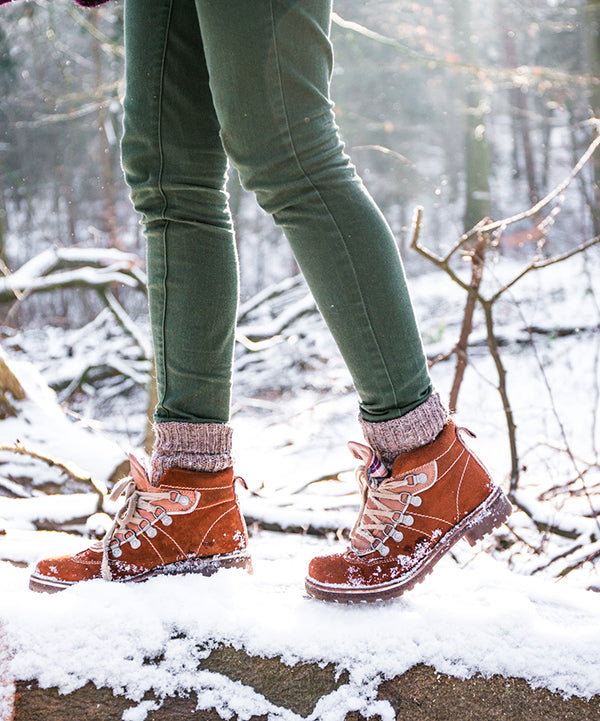
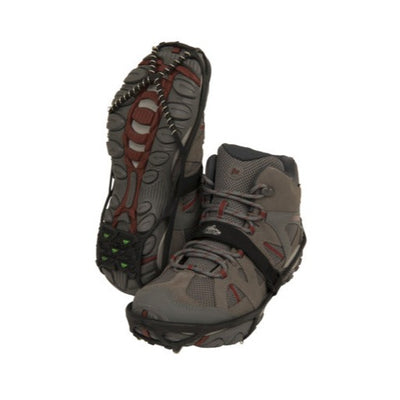
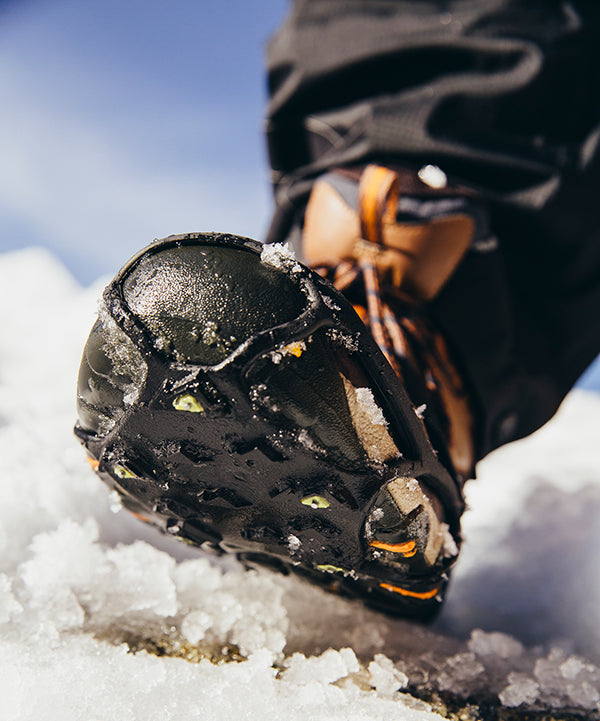
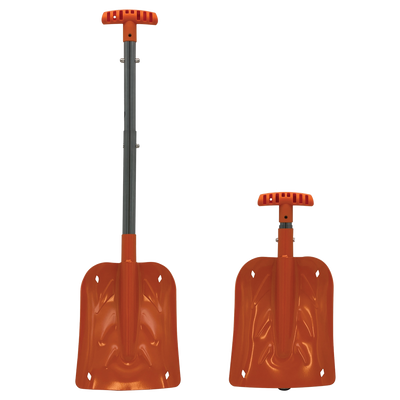
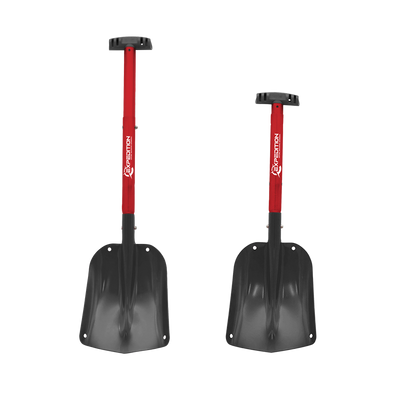
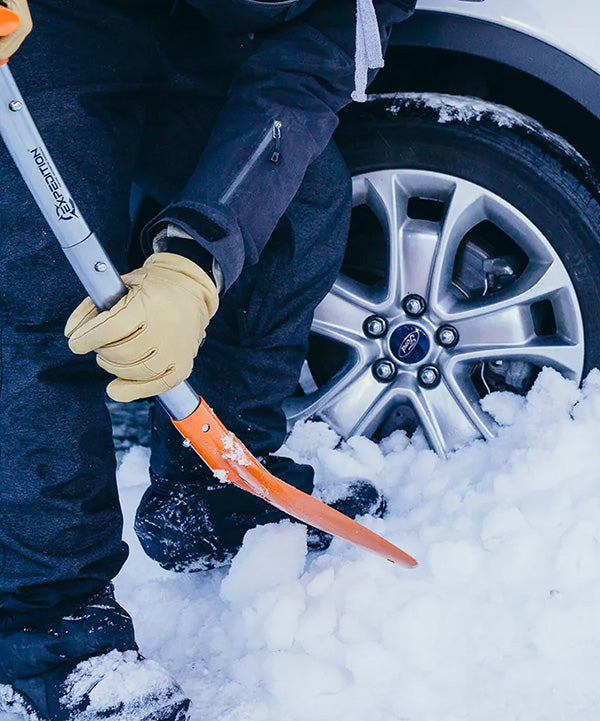
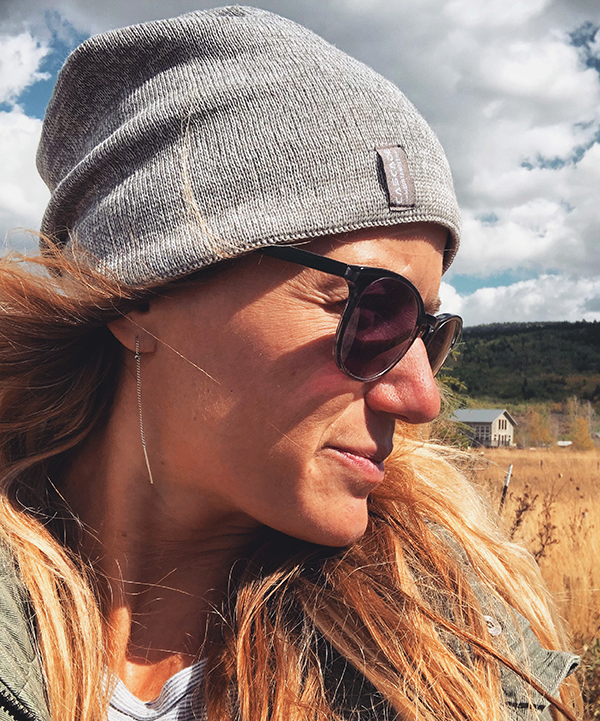
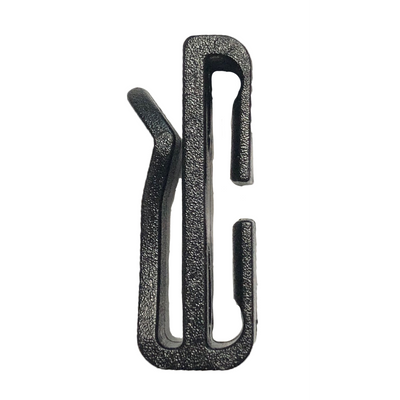

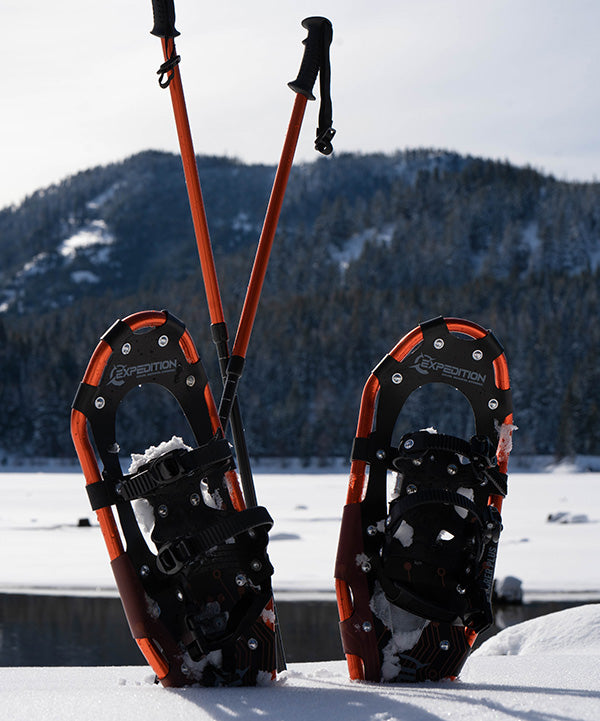












Carry magnetic compass,Mg block firestarter,bear protection-if possible:“serious firearm” or marine distress flare pistol[Read 3/18&6/20 American Hunter bear defense articles],treat clothes/boots with permethrin spray against ticks, etc,emergency whistle whistle.Less electronics=less problems.Take Wilderness First Aid course[not Red Cross]and have current tetanus etc vaccinations.SN I’m a conservationist,not a preservationist.
Leave a comment